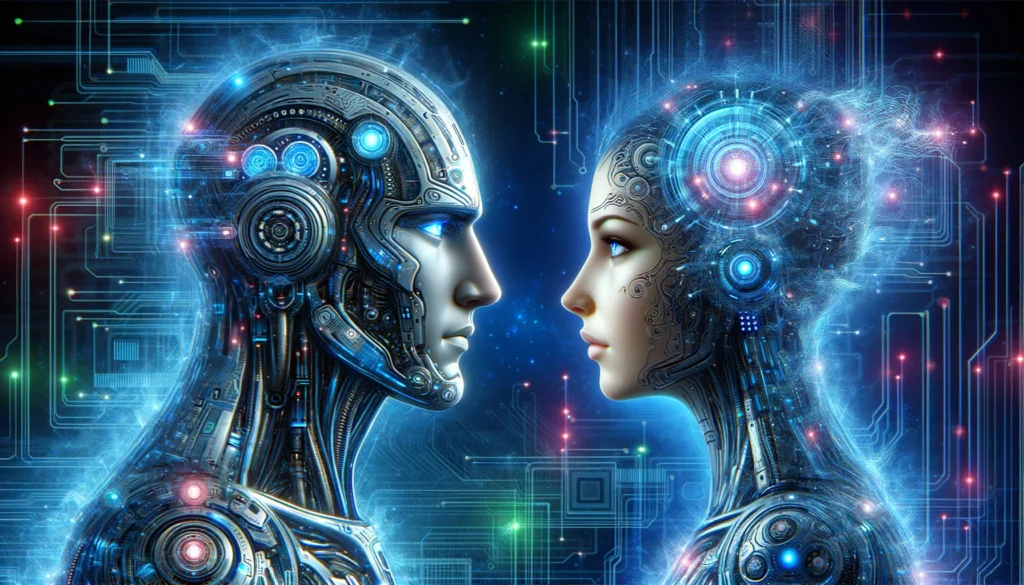Contents
Introduction:
Since the advent of the new AI era, OpenAI has consistently chosen a closed-source path for its AI technologies. As a first Pioneer, OpenAI shifted towards a more restrictive model licensing approach. This means that while they offer API access, they do not disclose the full details of their models or allow them to be freely downloaded and modified. Meanwhile, Elon Musk’s company has officially launched Grok this month, opting for an open-source AI approach and rapidly opening new global possibilities. Today, let’s delve into this topic, precisely our discussion’s title: ‘AI Open and Closed Source: It is Human Pioneer’s Choice.’
What are AI open source and closed source?
Open Source and Closed Source in AI primarily refer to the permissions and methods related to accessing, using, modifying, and distributing AI technologies and models. In open-source models, developers typically have the freedom to access the code, structure, and training data of the model, and they can freely modify and redistribute these models under certain open-source licenses. Open-source AI fosters sharing, innovation, and community collaboration, enabling researchers and developers to collectively solve problems over a wider scope, thus accelerating technological development.
Conversely, Closed Source AI means the creators of the model maintain strict control over access and usage of the model. This may include restricting access to the model’s internal structure and training data or only providing model functionalities through an API without allowing external users to view, modify, or distribute the model code. Closed-source models can help protect intellectual property, control the way technology is used, and develop commercial products and services.
Interestingly, although the name OpenAI suggests openness and sharing, starting from GPT-3, OpenAI has adopted a more closed-source strategy. This means that while an API interface is provided allowing users to leverage its powerful AI capabilities, the full details of the model are not disclosed, limiting the model’s free use and modification. This approach has sparked some controversy and discussion, especially within the AI and open-source communities.
Elon Musk has expressed dissatisfaction with OpenAI’s shift towards a closed-source strategy, which was one of the reasons he left the OpenAI board three years ago. Musk, an early supporter of OpenAI, holds a strong belief in the open sharing and safety of AI technology. After leaving, he continued to invest in the AI field and promote open-source projects. Musk’s departure is part of a broader discussion about the direction and governance of AI development, reflecting his concerns about the potential risks and ethical implications of AI technologies. His FGFGdeparture underscores his commitment to ensuring the development of AI aligns with protecting human interests and ethics. Meanwhile, he chose Grok, which is an open-source AI program. This means that different choices, like revealing the spear and shield between Open Source and Closed Source, and these decisions on the direction of technological innovation, application development, and different directions among industry participants.
Why did OpenAI use closed source?
In its early days, OpenAI indeed adopted an open-source strategy, which was reflected in its initial vision and mission statement. OpenAI promised to share its research, code, and potential patents with the world, embodying the goal of benefiting humanity rather than just creating value for shareholders. However, over time, especially starting with GPT-3, OpenAI began to adopt a more closed approach. OpenAI decided not to release the source code for GPT-3, offering the model as a service instead. This shift was seen as a departure from its original open-source commitment.
One reason for this change was concern over the potential dangers of the model. OpenAI expressed that powerful language models could be used for malicious activities, such as creating false information, spam, and phishing. Nonetheless, this strategy shift was criticized by many, including co-founder Elon Musk. Musk tweeted that OpenAI was initially established as an open-source, non-profit organization to counteract the influence of companies like Google, but it had become a closed-source, profit-maximizing company essentially controlled by Microsoft, which was not his original intention.
Additionally, there’s a viewpoint that making advanced AI models public is a crucial step to ensuring humanity as a whole benefits from AI technologies. If OpenAI wants to fulfill its initial promise of advancing digital intelligence in the most beneficial way possible for humanity, without the constraint of needing to generate a financial return, the decision to privatize the GPT-3 model needs to be reversed.
In summary, OpenAI’s transition from open source to closed source was based on various considerations, including concerns over potential harms of the technology and increasing operational costs. This change also reflects some fundamental issues and challenges in AI development, including how to balance innovation, safety, accessibility, and commercialization.
Special events of OpenAI of Open Source and Closed Source
Under the leadership of Sam Altman, OpenAI emerged as one of the most influential AI companies globally. However, a significant and intriguing event occurred in November 2023: Altman was removed from his CEO position due to communication issues with the board, a development that was in accordance with the board’s rules at the time. A key figure in this scenario was Ilya Sutskever, a co-founder and chief scientist of OpenAI, known for his Russian heritage and as one of the most renowned founding scientists in the AI field.
This unexpected or perhaps inevitable event shocked the global community. Shortly after, Altman joined Microsoft to lead a newly established in-house artificial intelligence team. Altman’s departure and his new collaboration with Microsoft marked a turning point for OpenAI and sparked widespread discussions about the company’s future direction and vision. Eventually, Altman made a formal return to OpenAI, and the board underwent a complete overhaul.
Sutskever’s contributions extend beyond his role at OpenAI; his research work has profoundly impacted the entire field of artificial intelligence. Furthermore, this incident highlighted the importance of ensuring ethical standards and safety in AI technology development. It also led to further discussions on core issues such as open-source versus closed-source approaches, public interest versus private control in AI research, and applications.
Grok Open Source officially launched
Elon Musk’s company, xAI, developed Grok, representing a significant choice in the field of artificial intelligence. Designed to provide a profound and intuitive understanding of the world, Grok is more than just a chatbot; it’s a tool aimed at aiding humanity’s quest for knowledge and understanding. Compared to contemporary AI chatbots like ChatGPT, Grok offers more direct and potentially less politically correct responses to questions that other AI chatbots might avoid.
One of the notable improvements in Grok-1.5 is its performance in code and math-related tasks. Another significant upgrade is its ability to handle long contexts of up to 128K tokens within its context window. In programming, Grok-1.5 scores 74.1% in the HumanEval benchmark test for code generation and problem-solving capabilities, surpassing GPT-4.
Elon Musk’s decision to open-source the Grok project is a move aimed at democratizing access to advanced AI technology and fostering innovation in the AI field, encouraging transparency and community-driven development.
Open-sourcing Grok has the potential to accelerate AI innovation globally by promoting collaboration among developers, potentially leading to a richer collective knowledge base and advancements in AI technology. Open-source AI models like Grok offer transparency, which can help businesses and users understand and trust the underlying mechanisms of AI models, fostering an environment that encourages collaboration. Developers can work together to improve and enhance Grok, leading to a more powerful and diverse AI platform that meets a wide range of user needs.
The speed of development and potential success of Grok, with the newly introduced AI open-source approach, could be accelerated by leveraging the collective expertise of the global developer community. The success of Grok might depend on the contributions and innovations of this community and how it overcomes the challenges of open-source projects, including security concerns and maintaining quality and consistency amidst contributions from a diverse group of developers.
Conclusion:
As the new AI era at the time of opening, with the rapid development of the pioneers, like OpenAI, Claude, Grok, Gemini, PaLM, Llama, GPT, and others. Everyone of us, will wait and see the future!
References:
‘Musk’s xAI to launch improved version of chatbot’ Available at: https://www.reuters.com/technology/musks-xai-launch-improved-version-chatbot-2024-03-29/



